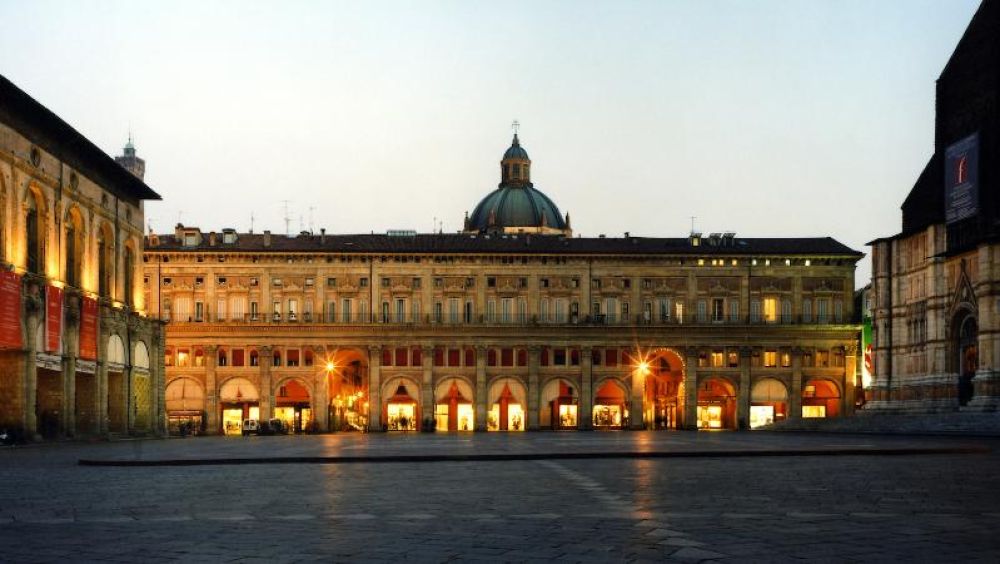

Bologna, Italy, with its rich history and cultural heritage, has always been a magnet for tourists. The capital of the Emilia-Romagna region is especially known for its well-preserved medieval city center, its vibrant university life, which is one of the oldest in the world, and its exquisite cuisine. Among the many historical buildings that make up the city's charm, the Palazzo dei Banchi and Palazzo dei Notai are noteworthy for their historical significance and architectural beauty.
The history of tourism in Bologna can be traced back to the 19th century when curious travelers on the Grand Tour across Europe often made stops in Italian cities rich in art and history, including Bologna. The inception of Bologna as a tourist destination, however, saw a significant increase in the late 20th and early 21st centuries when infrastructure developments made it easier to access the city.
The Palazzo dei Banchi owes its name to the money-changers' benches ("banchi") that were placed there when the building was constructed at the end of the 16th century. Situated in the heart of the city, overlooking the famous Piazza Maggiore, this remarkable edifice was designed by the prominent architect Jacopo Barozzi da Vignola. Its construction aimed to give a more ordered façade to the already existing buildings and to hide the narrow streets and the market that lay behind. This architecturally aesthetic purpose served to cater to the images of power and wealth notably aspired by the city's elite.
Adjacent to the Piazza Maggiore, the Palazzo dei Notai is another essential element of Bologna’s historical and architectural tapestry. Its inception dates back to the 14th century, where it was established as the headquarters for the notaries' guild. This group of professionals was instrumental in the city's governmental and commercial activities, documenting transactions and agreements. Reflecting Gothic and Renaissance influences, the Palazzo dei Notai is not just a witness to Bologna’s administrative history but also to its thriving importance as a city of culture and learning.
With the rising attraction towards experiences over sights, Bologna’s tourism has also adapted. Experiential travel, including food tours that allow travelers to taste the legendary Bolognese cuisine, and educational walking tours that delve into the history of the city's academia and architecture, are gaining popularity. Sustainable tourism is also on the rise, with more tourists seeking out eco-friendly accommodations and modes of transport.
Bologna's charm and rich historical fabric, woven around sites like the Palazzo dei Banchi and Palazzo dei Notai, continue to attract those seeking a deeper cultural immersion. City authorities have taken to preserving its heritage while also providing modern amenities and experiences to ensure the city remains an attractive destination for contemporary travelers.
Whether you're a history enthusiast, an architecture aficionado, or a lover of Italian culture, a visit to the Palazzo dei Banchi and Palazzo dei Notai is a journey through the heart of Bologna's storied past.